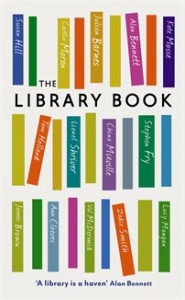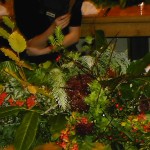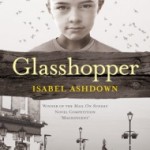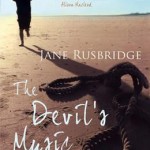It’s World Book Day on Thursday March 1st .
Now if you’re reading this you are probably a writer, obviously a reader (snortle) and you understand the importance of books in education. * If you’re a teacher, I have some extra ideas for you.
You probably know I care a lot about libraries – and I’ve found an organisation that helps two thousand of them. It also helps over two million people have access to books in sub-Saharan Africa. The press often writes these countries off as basket cases but they are full of people who want to better themselves just the same as you and I do.
So I’m keen to promote the work of Book Aid International. The website has lots of ideas for fundraising – I rather thought I’d do a bit of a bake for the forthcoming Chi-SCBWI night at my house. My friends won’t mind a bit of scoffing and they may be kind enough to cough up.
As they say, Books Change Lives.
For those of you that work in schools, Book Aid are running two competitions:
You could win £100 of National Book Tokens for your school. The closing date is 2 April 2012
1. Dress up competition for pre-school and primary schools
Simply email a photograph of your handmade crafty book character costumes, along with a brief explanation of how it was made and the materials you used.
2. Poetry competition for secondary schools
Write a poem on the theme of ‘change’ and email your entries to Book Aid International. Remember quality is more important than quantity!
I know that I am very lucky – I can read pretty much anything I like. I’d like to share a little bit of that good fortune with other people in this way – how about you?













